How to make a decomposed granite path/patio area
dragonfly_wings
15 years ago
Related Stories
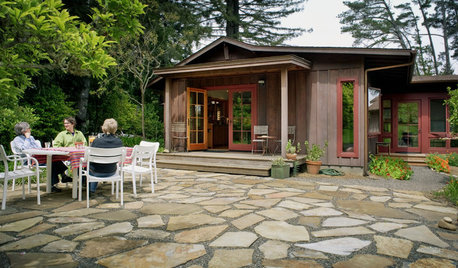
GREEN BUILDINGBuilding Green: The Paths, Beds and Decks That Define Your Landscape
You can make your outdoor area more sustainable by carefully designing your hardscape and selecting materials
Full Story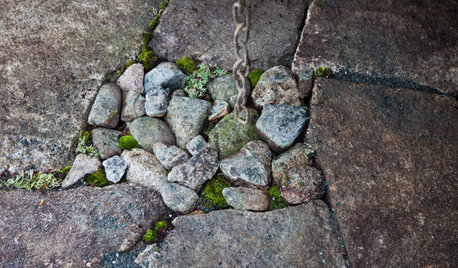
PATIOSLandscape Paving 101: Some Reasons to Go for Granite
Thinking about a new patio or path? Invest in granite for its durability and low maintenance
Full Story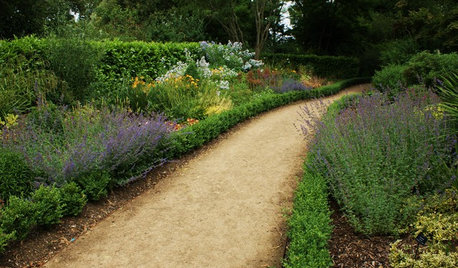
LANDSCAPE DESIGN5 Gravel and Stone Types for a Rockin' Landscape
Give your garden design some textural bam with pebbles, granite, river rocks and other permeable materials
Full Story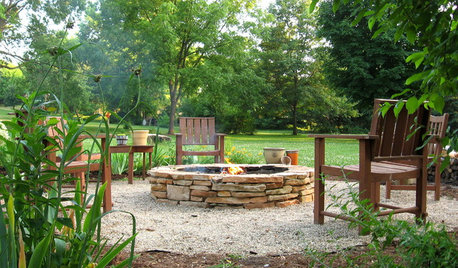
GARDENING AND LANDSCAPINGHow to Make a Stacked Stone Fire Pit
See how to build a cozy outdoor gathering place for less than $500
Full Story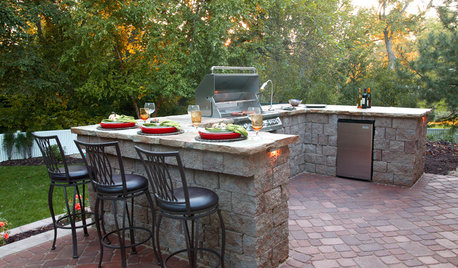
MOST POPULAR13 Upgrades to Make Over Your Outdoor Grill Area
Kick back on your patio or deck with a grill that focuses on fun as much as function
Full Story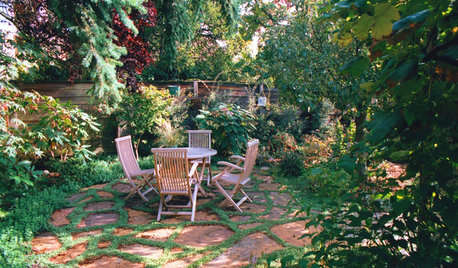
GARDENING AND LANDSCAPINGPavers for the Perfect Patio and Path
3 Landscape Designers Share Tips on Paver Materials, Installation and Cost
Full Story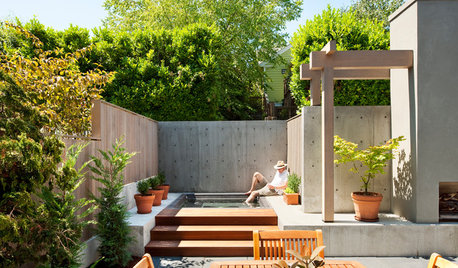
PATIOSCourtyard Comforts Make a Seattle Backyard a Joy
A new hot tub, fireplace, shower and even a mini stage take a backyard from uninviting to ‘Come on out!’
Full Story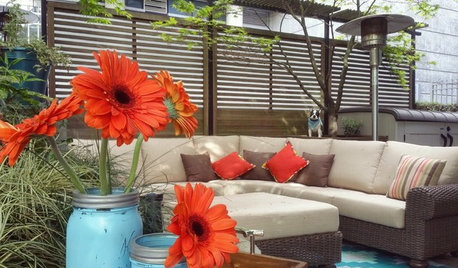
LANDSCAPE DESIGN10 Compact Decks, Patios and Porches for Making Memories
From Florida to Hawaii, Houzz readers show us how they capitalize on their petite outdoor spaces
Full Story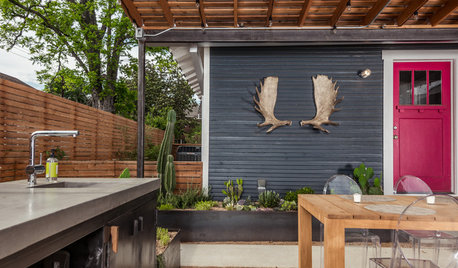
PATIOSPatio Details: See What Makes Up This Outdoor Room in Houston
Want to get the look of this patio and outdoor kitchen? Here's the lowdown on design, materials and costs
Full Story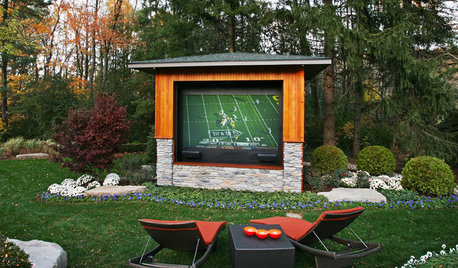
GARDENING AND LANDSCAPINGDouble Take: This Outdoor Screen Makes Game Day a Snap
A Michigan family goes long and wide on their backyard party central with a supersize screen, fire pits and lounging for a crowd
Full StorySponsored
More Discussions







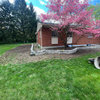


Dan _Staley (5b Sunset 2B AHS 7)
dragonfly_wingsOriginal Author
Related Professionals
Eden Prairie Landscape Architects & Landscape Designers · Tempe Landscape Contractors · Bedford Landscape Contractors · Indio Landscape Contractors · Lynn Landscape Contractors · Mesa Landscape Contractors · Muttontown Landscape Contractors · Pompton Lakes Landscape Contractors · Riverview Landscape Contractors · Sun Valley Landscape Contractors · Arlington Heights Decks, Patios & Outdoor Enclosures · Boise Decks, Patios & Outdoor Enclosures · Grafton Decks, Patios & Outdoor Enclosures · Roseville Decks, Patios & Outdoor Enclosures · Buena Park Swimming Pool Buildersannzgw
grace_aus_tx
capitalp